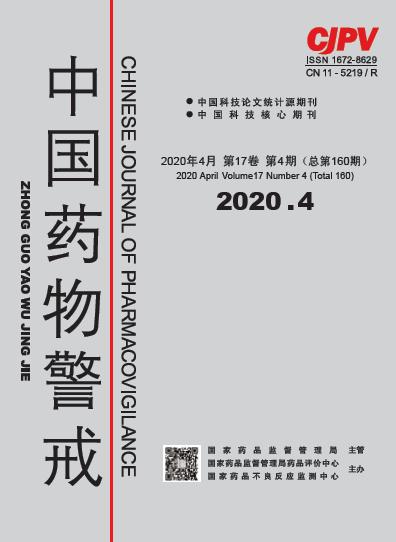|
|
Network Pharmacology Study of Chinese Medicine Guizhifuling Formulae
YANG Shubin, PEI Chenchen, SHI Wei, WANG Xin, LI Na, CAO Guangshang, ZHANG Haiming, NIE Yinglan, SUN Jian
2020, 17(4):
214-220.
DOI: 10.19803/j.1672-8629.2020.04.05
Objective To study the main active ingredients and potential targets of Guizhifuling formulae for treatment diseases based on network pharmacology. Methods The chemical constituents of ramulus cinnamom poria, tree peony bark, radix paeoniae alba and peach seed were extracted from the BATMAN-TCM database. The active ingredients and target targets were screened with scores ≥48 and P≤0.05, and the signal pathways and diseases of target enrichment were analyzed to establish a medicinal material-target-pathway network and analyze the pharmacological action mechanism of Guizhifuling formulae for treating diseases. Results Core targets such as ADORA1, ADORA2A, HTR1B, CHRM2, CHRM4 and other active ingredients such as Cordycepin, Styrene, Pachymic acid, Cinnamaldehyde, trans-Cinnamic acid were obtained. Mainly treats three types of diseases including nervous system, cardiovascular system and reproductive system, including pain, migraine, hypertension, heart failure, arrhythmia, benign prostatic hyperplasia, erectile dysfunction, endometrial cancer, endometriosis et al. In addition, this formulae was found to have potential therapeutic effects in the treatment of depression, schizophrenia, alcohol dependence, Alzheimer's disease and drug dependence. Conclusion Studying multi-component, multi-target pharmacological mechanism of Guizhifuling formulae through the network pharmacology method provides new ideas for clinical application and development of this prescriptions.
References |
Related Articles |
Metrics
|
